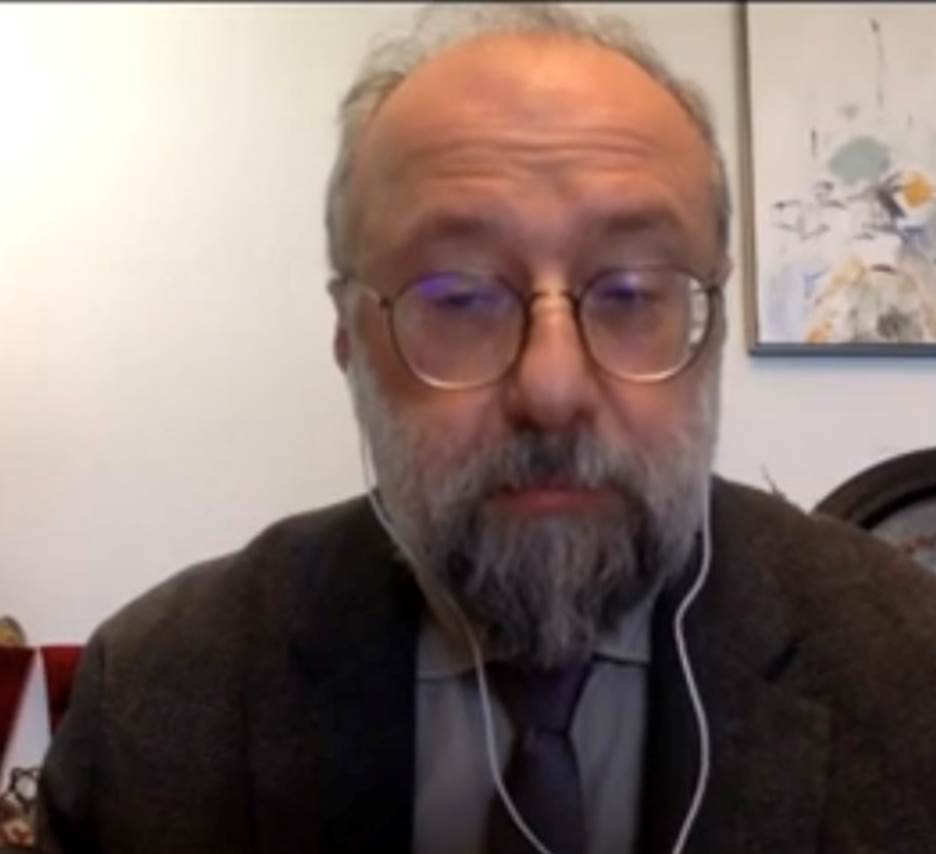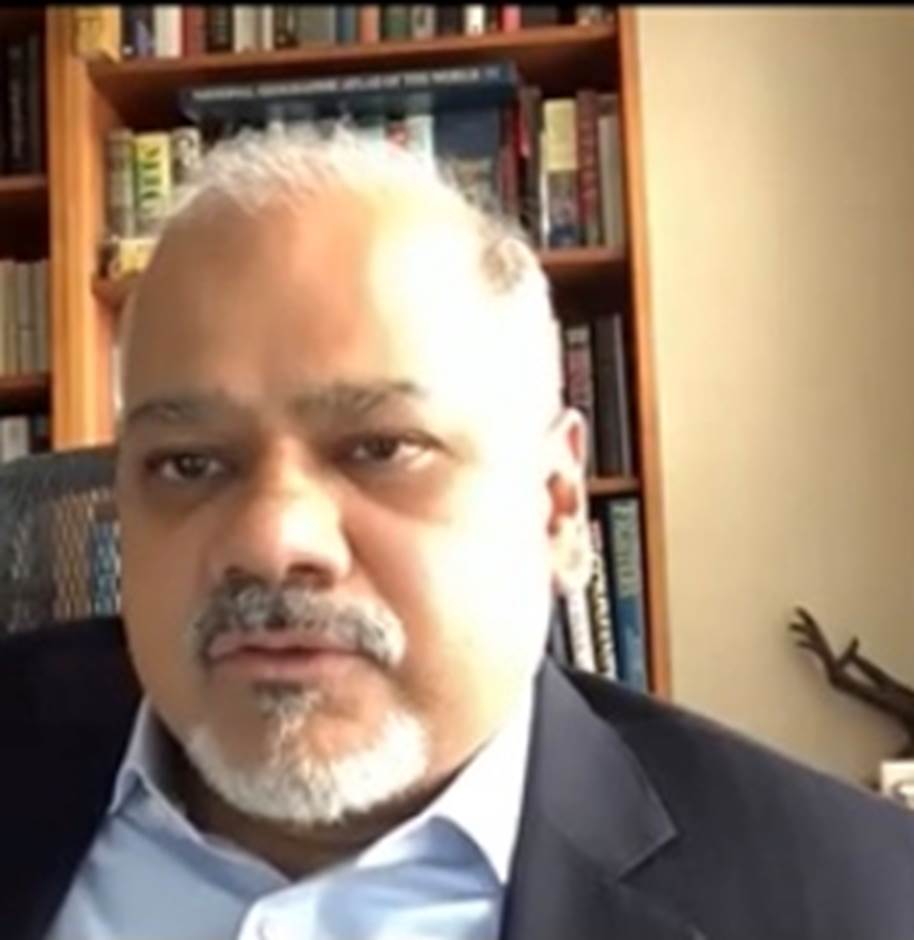
Mamuka Tsereteli

Subir Lall
IMF Economic Report on Central Asia and the Caucasus
By Elaine Pasquini

Washington: Russia’s war on Ukraine, which began almost one year ago, inflicted significant repercussions on its neighbors, Kazakhstan, Tajikistan, Kyrgyz Republic, Uzbekistan and Turkmenistan – once members of the former Soviet Union – along with the Caucasus consisting of Armenia, Georgia and Azerbaijan.
On December 14, 2022, Mamuka Tsereteli, a senior fellow with the Central Asia-Caucasus Institute and Silk Road Studies Program at the American Foreign Policy Council, discussed the International Monetary Fund’s recent economic report on the region with Subir Lall, the IMF’s deputy director for the Middle East and Central Asia.
The spillover of Russia’s invasion of Ukraine is felt everywhere in the region, Lall noted. And this is occurring amid recovery from Covid and developments with Iran, China and Russia. “Some of the countries are accelerating their foreign policies,” he said. “While some of them are maybe more reserved in these difficulties and waiting for the outcome of this geopolitical turmoil in eastern Europe.”
Despite the war in Ukraine, however, the region has unexpectedly continued recovering economically. “Growth was robust, and the impact of the war has been milder than expected” because the region has close economic links to Russia, including trade, remittances, tourism, financial linkages, cross-border banking and payment systems, Lall said.
One ongoing problem is the high price of commodities and food, making low-income families particularly vulnerable to food security challenges.
“The overall picture is one where many of the downside global risks we had identified in April have materialized,” the economist explained. “But we see that these are more than offset by other factors…so there has been a more positive contribution than was expected when the war started. Economic activity in Russia has turned out to be more resilient than was anticipated…and that has been an important driving factor for the countries in the region.”
Money transfers, including remittances, into several of the countries in the region including Armenia, Azerbaijan, Georgia and Uzbekistan have surged this year. Although remittances come from the Middle East, the United States and Europe, the most important source of remittances is Russia.
In several countries, particularly the Kyrgyz Republic, Tajikistan and Uzbekistan, remittances are a lifeline for the low-income households and have a significant impact on living standards, he said. “But the surge of remittances may not be able to be sustained for an extended period of time.”
Russians moving to Georgia, Azerbaijan and Kazakhstan are bringing some of their assets with them, especially IT professionals who are setting up shop in these countries. The unknown question for the region, of course, is whether these workers will remain in the regions outside of Russia or return, Lall noted.
“Across Central Asia and the Caucasus, financial market tensions have abated,” he continued. “The currencies for the region have more than recovered their losses against the US dollar but not against the ruble, which has appreciated strongly against the dollar and that has implications for some of the inflation the countries are facing.”
In terms of exports, the Central Asia and Caucasus region appears to have benefited from trade diversion between Russia and the West. “International sanctions created import and export constraints for Russia and these countries in the region appear to have filled the gap to some extent,” Lall pointed out. Central Asian countries are also benefiting from closer ties with the European Union and the United States.
Looking forward, medium-term growth is expected to be subdued relative to historical averages, Lall reported. Due to sanctions and reduced trade, Russia will be less of a driver in the region. Downside risks still dominate, “driven by exceptional uncertainty amid the consequence of shocks and persistent global inflation tied to global financial conditions, exchange rate pressures and weak monetary transmission,” he said.
Over the longer term, productivity-enhancing reforms are going to be important including to help advance the unfinished transition to a fully market-based resource allocation which needs to be supported by an appropriate safety net and economic diversification and transition to a more sustainable and green policy framework, Lall said.
Reforms are needed for market growth, Lall noted, but there is a distinction between business-friendly reforms and market-friendly reforms. Although ultimately growth and job creation have to be driven by the private sector because “that’s where investments come in using private savings, it is not just about privatization,” he said. “The emphasis is really on market-friendly reforms rather than who is the owner – public or private.”
But most important, Lall said, is to restore price stability for households and businesses in countries where inflation is broad-based, with monetary policy being the main tool to address this problem. Protecting the vulnerable and preventing the worsening of poverty and inequality is the top priority and may require temporary and targeted cash transfers to help those who most need it.
“Food security is an essential component that must be preserved,” Lall stated. “Food, in addition to shelter, is the most essential thing for living.”
(Elaine Pasquini is a freelance journalist. Her reports appear in the Washington Report on Middle East Affairs and Nuze.Ink.)

